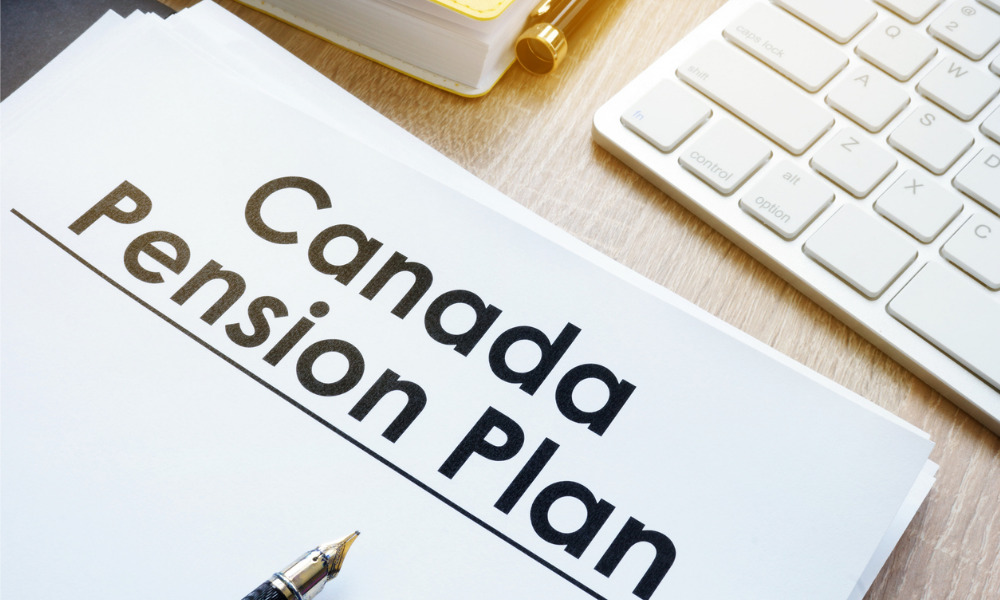Expert says contributions will increase even more to support program improvements

The Canada Pension Plan (CPP) has been slowly raising contributions due to improvements to the program, which will raise the maximum retirement benefit by 50%. Phase one of the improvements began in 2019, and phase two will start in 2024, thus CPP payments will continue to climb in the ensuing several years.
This means that you must contribute to the Canada Pension Plan (CPP), whether you're a salaried worker or self-employed.
In an interview with the Financial Post, Jamie Golombek, managing director, Tax & Estate Planning with CIBC Private Wealth in Toronto, provided insights into the changes that have already been implemented and those that will be made.
Starting with the fundamentals, Golombek defines the CPP as a mandated contributing pension plan that replaces basic income for contributors and their families upon retirement, death, or disability. It is administered by the CPP Investment Board and funded via contributions from self-employed people, employers, and employees. The CPP fund has a $536 billion balance as of December 31, 2022.
The CPP contribution rate has been steadily rising every year starting in 2019, from 4.95% in 2018 (before the upgrade) to 5.95% in 2023, for a total increase of 1% for workers and employers alike. If you work for yourself, you are responsible for both the employer and employee contributions, for a total contribution rate of 11.9% in 2023.
According to Golombek, Canadians over 18 who earn over $3,500 yearly must contribute 5.9% of their salary to the CPP – equal to the year's maximum pensionable earnings (YMPE) -- which for 2023 is $66,600. This YMPE is known as the "first earnings ceiling" considering all the expected improvements.
Therefore, the maximum employee CPP contribution for this year is $3,754 (or $7,509 if you're self-employed).
He explained that there won't be any further CPP rate increases for individuals who make less than the initial income cap. However, a second CPP contribution rate and earnings ceiling will start in January 2024 and only apply to employees whose income is beyond this "second earnings ceiling," which will be known as the year's additional maximum pensionable earnings (YAMPE).
The additional 4% (8% for self-employed individuals) of income between the first earnings ceiling and the second earnings ceiling will be contributed starting in 2024 by those whose income is over the first earnings limit. Based on the amount of the first earnings ceiling, the second earnings ceiling's level will be determined. The second earnings ceiling will be set for 2024 at 7% over the first earnings ceiling, and for 2025 at 14% above the first earnings ceiling.
Employees are eligible for a 15% federal non-refundable credit on the base CPP contributions, which are calculated at a rate of 4.95%, as well as a tax deduction for both their initial CPP contributions (1%) and their subsequent second CPP contributions.
Still, Golombek noted that only those who worked and contributed in 2019 or after will benefit from the CPP improvements. Employees who are just starting their careers will have the biggest boost, while those who are nearing the end of their working lives will experience a smaller increase.
If someone is already receiving CPP benefits, nothing will change, and their payments won't rise above the typical yearly inflationary increases, Golombek said.



